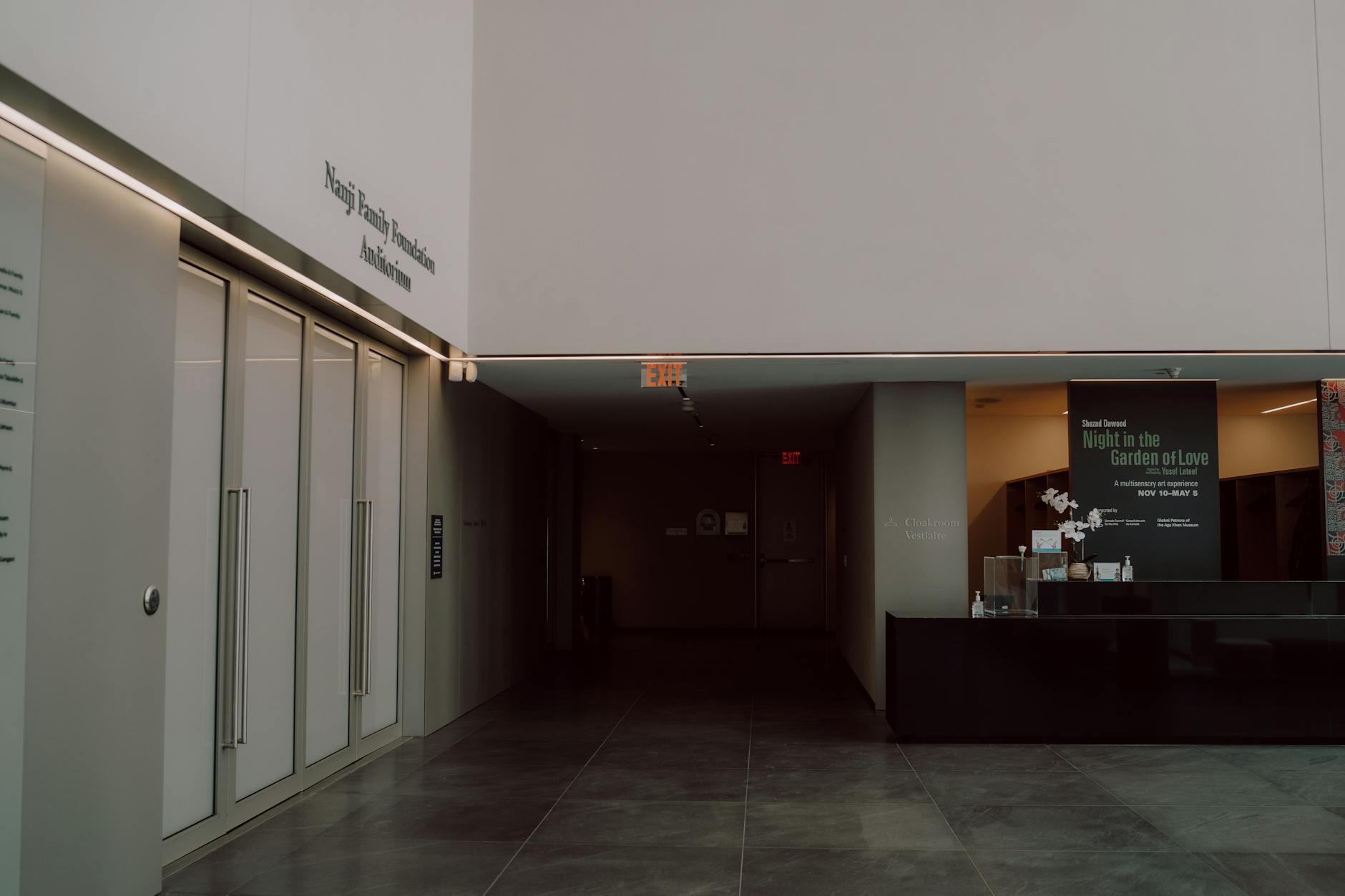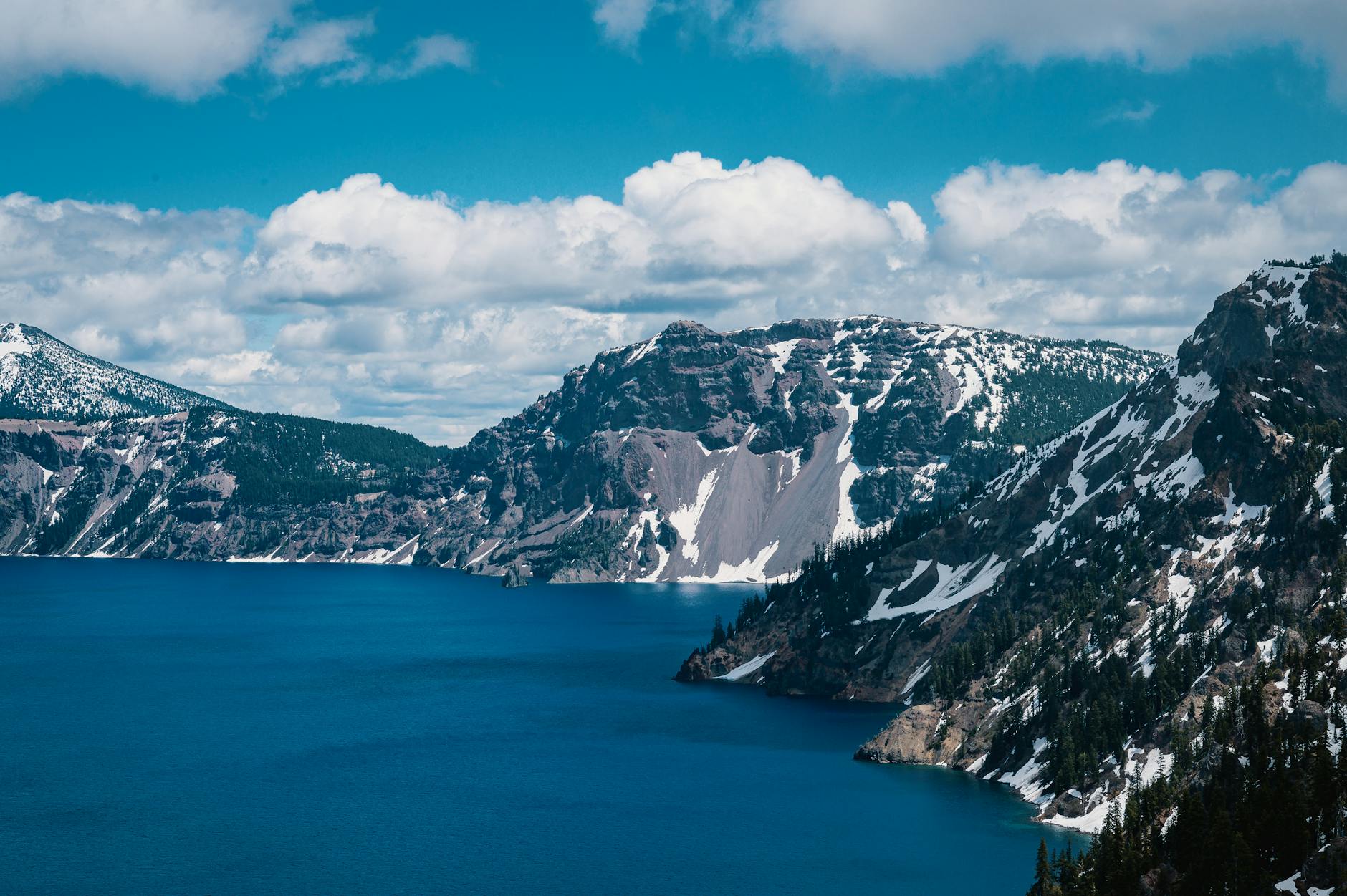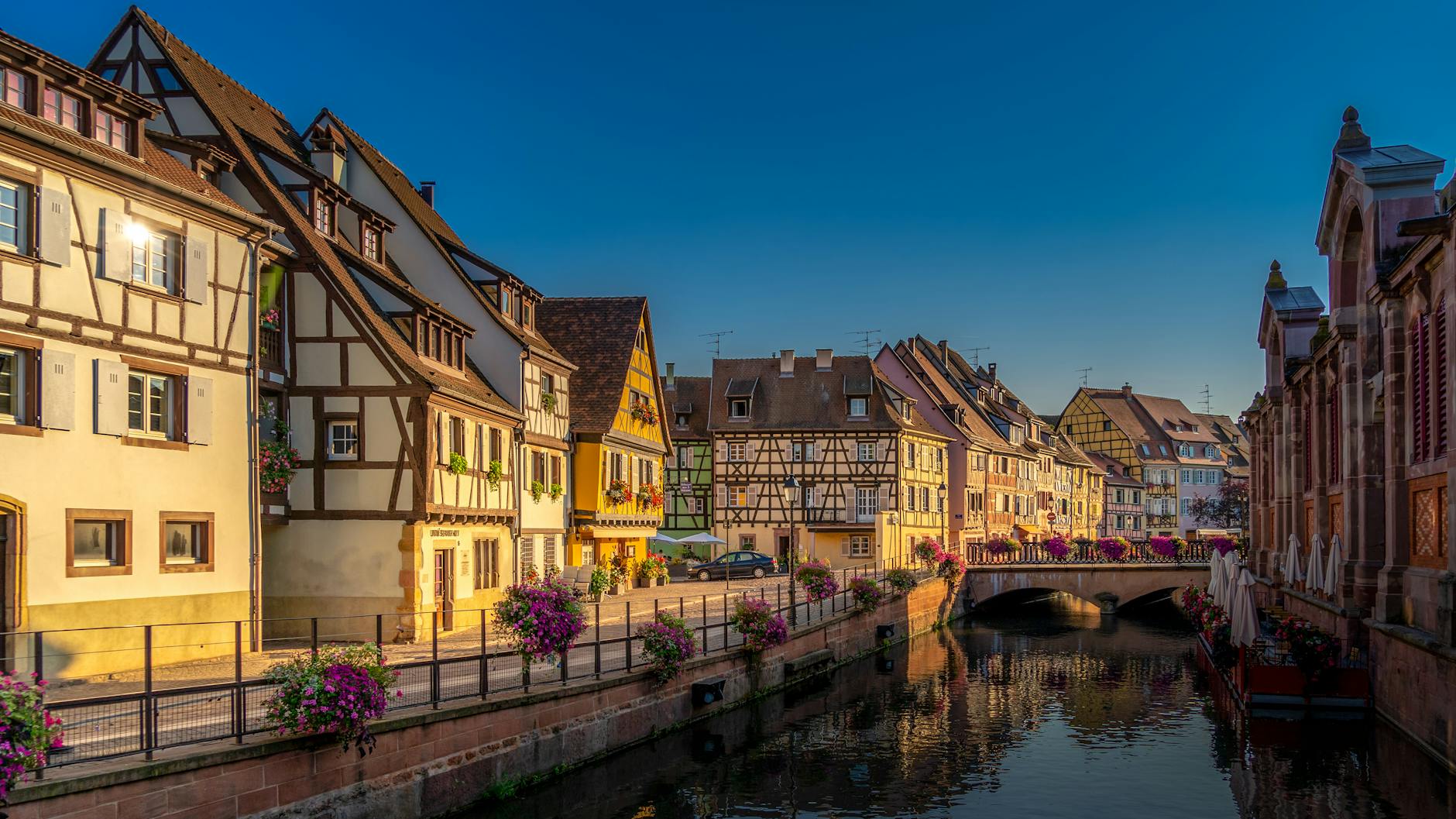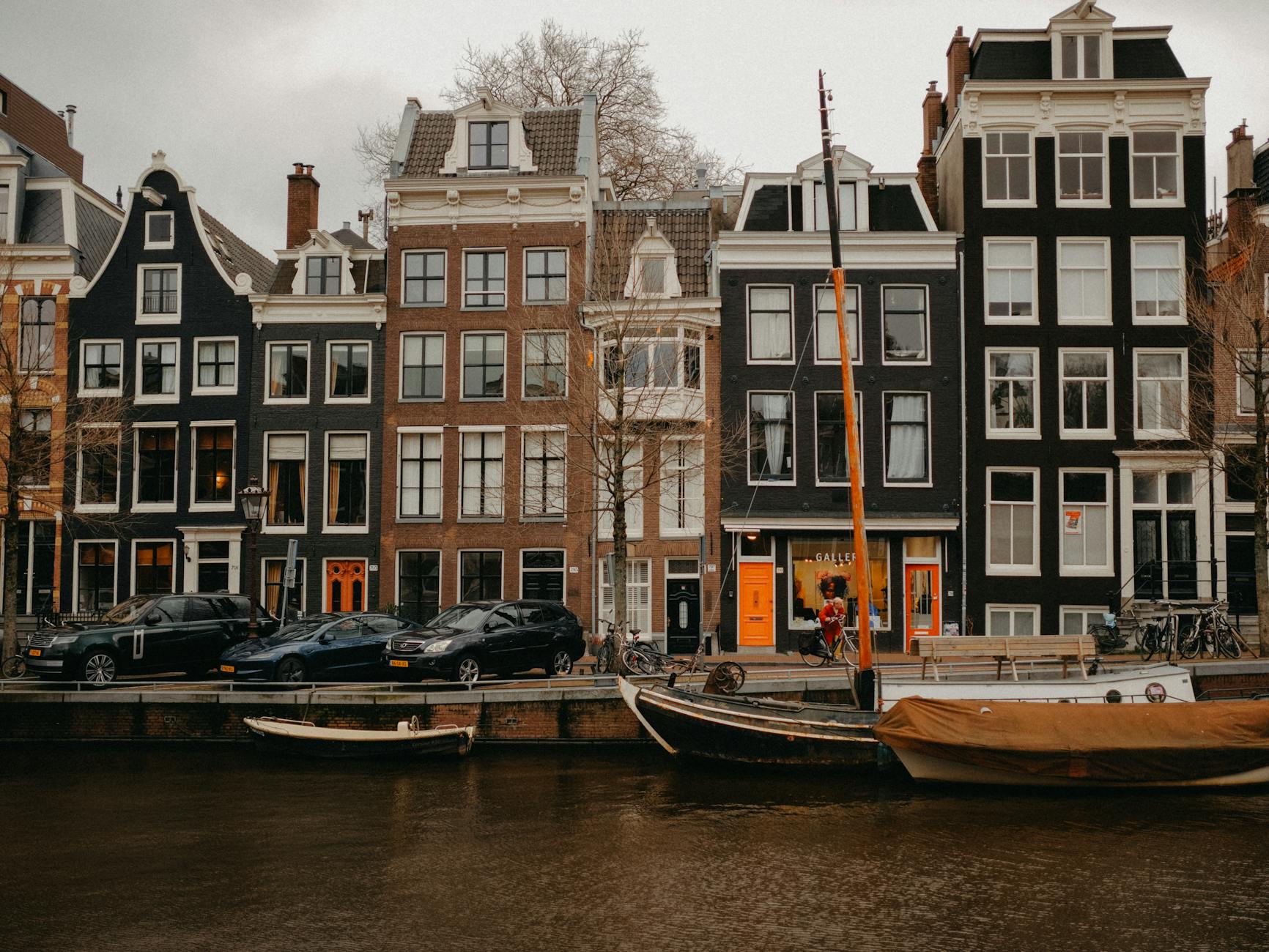How Engaging with Nature in Australia Empowers Conservation-Minded Professionals

Australia's Unique Ecosystems
In my work traversing Melbourne's diverse landscapes, I've found that experiencing Australia’s unique ecosystems is akin to nothing else. The Royal Botanic Gardens Victoria, for instance, offers a window into the impressive variety of indigenous flora and fauna. However, to truly grasp the breadth of biodiversity, one must explore even further afield. From vibrant rainforests to arid deserts, each habitat presents distinct specimens and ecological challenges. Similar to South Africa tours, where conservation efforts must consider various climatic zones, the protection of Australia’s diverse ecosystems demands a comprehensive understanding of environmental needs.
Exploring Diverse Habitats
Encounters with differing habitats reveal intriguing aspects of resilience and adaptation. During fieldwork, I’ve been able to closely observe species such as the agile wallaby in its natural habitat and note its interactions with the environment. Drawing parallels with Machu Picchu tours, where altitude and terrain shape unique ecosystems, the rugged terrains of Australia showcase how life adapts to flourish under extreme conditions.
Indigenous Flora and Fauna
Australia’s indigenous flora and fauna underscore a remarkable evolutionary journey. During a recent trip to the Melbourne Zoo, I considered the parallels in conserving endemic species, much like on an Africa Safari. Each species has evolved to fill a niche, contributing to the intricate weave of life within Australian ecosystems. Understanding these dynamics not only aids in conservation but also enriches documentary storytelling, adding depth and context to the narratives we craft.
Key Conservation Areas
Key conservation areas are vital in safeguarding biodiversity. Just as critical wildlife corridors in South Africa facilitate species movement across landscapes, Australia's protected areas function similarly. Effective management of these regions is essential for preserving the ecological balance and ensuring future generations can appreciate this natural heritage.
Engaging with Nature
Hands-On Wildlife Experiences
Amidst the lush landscapes of Yarra Bend Park, there's a wealth of opportunities to immerse yourself in the wonders of nature. I remember vividly my time spent observing the park's playful grey-headed flying foxes. Their social interactions offer a glimpse into their highly complex societies that can spark curiosity and a deeper understanding of wildlife ecosystems. If you're aiming for a more adventurous path, consider embarking on African tours. These excursions provide firsthand encounters with majestic wildlife, offering insights that surpass any classroom learning. The thrill of witnessing a herd of elephants can redefine your appreciation of biodiversity.
Connecting with Conservationists
Engaging with local conservationists provides an enlightening perspective on the challenges and successes of preserving our fragile ecosystems. My interactions with the team at Melbourne Zoo have always been rewarding, as they highlight their ongoing efforts to safeguard endangered species. They inspired me to explore innovative conservation methods during my fieldwork in Africa. Similarly, you’ll discover extensive knowledge while navigating Antarctica cruises. These voyages often feature talks led by seasoned researchers who unravel the mysteries surrounding the continent’s unique biodiversity.
Participating in Citizen Science
Citizen science projects across Melbourne and beyond have been instrumental in driving impactful data collection. Participating offers more than just data; it forges a sense of unity with like-minded individuals committed to conservation. Imagine partaking in projects that track migratory birds or monitor water quality. These are opportunities to contribute meaningfully to wildlife habitat protection, directly influencing future conservation initiatives.
Empowerment Through Engagement
Building Environmental Awareness
Working in the field of wildlife conservation has provided me with unique experiences in spreading environmental awareness. A memorable moment was while observing the lemurs in Madagascar. Their natural behavior highlighted the fragility of their habitat and inspired conversations that led to meaningful actions from the viewers of my documentary. In the age of abundant information, awareness is crucial. Offering diverse opportunities to interact with nature, even virtually or through media, increases understanding and empathy towards wildlife conservation.
Inspiring Conservation Advocacy
It's essential to not only share stunning visuals but also to encourage active participation in conservation advocacy. During an African Safari, for instance, the stark realities of habitat encroachment become apparent. By shedding light on these issues, you motivate others to join conservation efforts. Personal stories from the field resonate deeply, allowing your audience to see both the beauty and challenges faced by wildlife. Advocacy must go beyond education to inspire action, be it through petitions, volunteering, or other supportive measures.
Collaborative Conservation Efforts
Collaboration forms the backbone of successful conservation initiatives. Working with local communities during South American tours has shown me the power of collective effort. Whether it's engaging with local researchers or conservation groups, cooperation multiplies impact. Recently, coordinating with the teams at Melbourne Zoo and grassroots organizations illustrated how shared resources and knowledge lead to improved conservation outcomes. By developing these networks, you pave the way for sustainable change in preserving our precious ecosystems.
Challenges in Conservation
Threats to Biodiversity
The fragility of biodiversity in ecosystems is starkly visible during fieldwork. In my expeditions through remote regions for South America tours, I often encounter habitats strained under the pressure of invasive species, habitat degradation, and climate change. These forces work in tandem, eroding the delicate balance that biodiversity relies upon. It’s a sobering sight, one echoed by fellow conservationists around the world, illustrating the urgency for strategic intervention and global cooperation.
Human Impact and Urbanisation
Human encroachment is a relentless force that reshapes landscapes. This transformation is evident in the bustling progress around Melbourne. Yet, every skyscraper comes at the cost of natural habitat, driving species to the brink. Even when visiting the peaceful tracks of Yarra Bend Park, it's palpable how urban sprawl forces wildlife to adapt or perish. Echoes of this challenge reverberate internationally, notably on Africa tours, where the expansion of human settlements often eclipses conservation efforts.
Balancing Development and Conservation
The task ahead for us is not to view development and conservation as mutually exclusive. My fieldwork near the Melbourne Zoo shows how integrated conservation and urban planning can coexist, creating zones for both human activity and wildlife preservation. We need innovative solutions to ensure that progress harmonizes with ecological imperatives, maintaining the integrity of our natural world without stalling developmental strides.
Sustainable Filmmaking in Nature
As a wildlife conservationist, I’ve witnessed firsthand the importance of incorporating sustainability into every professional endeavour, including the arts. When filming in places like the Royal Botanic Gardens Victoria or Yarra Bend Park, it's crucial to adopt sustainable filming techniques. This means using eco-friendly materials and ensuring that production crews respect the natural habitats of native species. Not only does this reduce environmental impact, but it also sets a benchmark for others in the industry to follow.
Networking to Propel Change
One of the most impactful ways to foster conservation is through collaboration. By engaging with fellow professionals at venues like the Melbourne Zoo, you can exchange ideas and insights on sustainable practices and conservation strategies. This kind of networking opens doors to new opportunities for career growth while advancing shared environmental goals. In my experience, some of the most valuable conversations happen in these spaces, sparking innovative projects that benefit both our ecosystems and professional communities.
Embracing Lifelong Learning
Staying informed about the latest conservation techniques is vital. Continuous learning can be achieved through workshops, seminars, and online courses focusing on biodiversity and sustainability. As I journeyed through Yarra Bend Park, I realised that adapting to new personal development skills is as essential for the environment as it is for professional advancement. By embracing this mindset, you can ensure that your actions are not only relevant but also have a lasting positive impact on our precious natural world.


